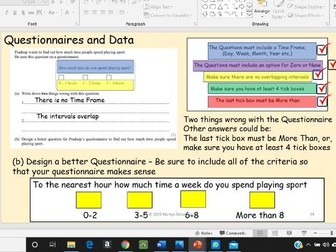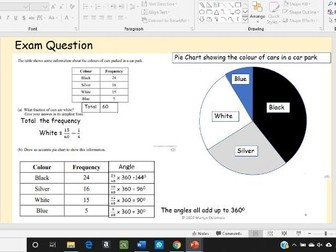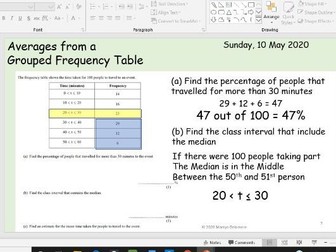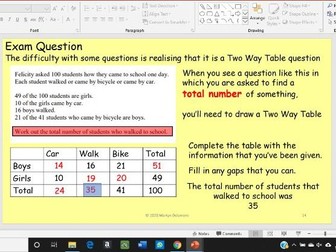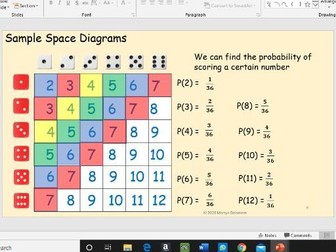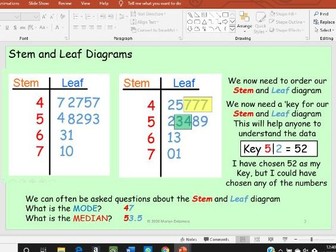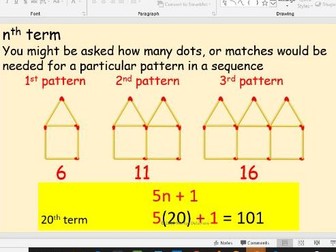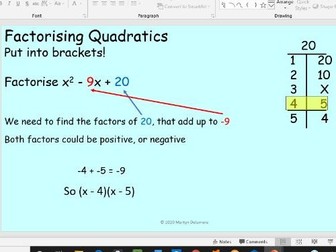KS3 Maths: Bearings activity
Classroom Activity. Worksheet with questions, pupils have to draw bearings.Your Students are Captain of an Airbus A320. They will be given a map of Europe, and details of their Flight Plan. They will need to calculate the bearings between European cities, measure the distances travelled between the cities, calculate the time taken, or the average speed, calculate the amount of fuel used, and also the cost of the fuel. Nb. Check printer settings, so that distances travelled are correct
